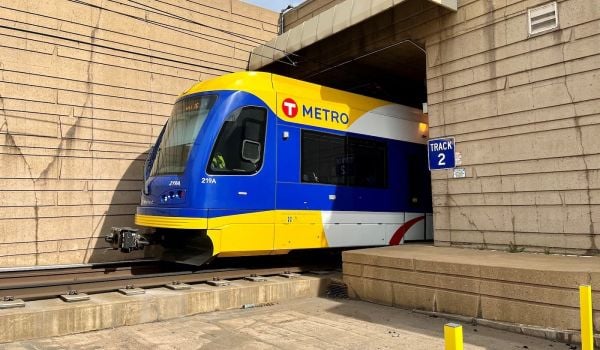Washington, D.C.’s beleaguered metro system just posted the lowest ridership numbers in nearly 20 years, WAMU reports.
In the second half of 2018, average weekday ridership was 595,000, Metro reported. It hasn’t been that low since the year 2000, where the region’s population was 1.4 million less than it is now, and the population that lives within a half-mile of a metro station has grown.
But fewer people are riding. Metro cited maintenance projects that resulted in long-term station closures or single-tracking as driving riders away, WAMU said. And that means that ridership may continue to fall, because this summer, Metro is closing six stations on the Blue and Yellow lines for 100 days to repair outdoor station platforms. The closure is estimated to affect 17,000 weekday rush hour riders, only a fraction of whom will be served by Metro’s planned shuttle buses. Alexandria, Fairfax County, and the Potomac and Rappahannock Transportation Commission have applied for money from Virginia to run more buses and encourage people to carpool, telework or bike, WTOP reports.
WAMU cautions that the numbers aren’t exactly comparing apples to apples. Metro uses May as its “control month” for determining average weekday ridership over the course of an entire year, because it doesn’t have many major events, big holidays or bad weather that would throw ridership numbers off-kilter.
The new numbers are the average weekday ridership between July-December 2018, so they’re not exactly comparing similar time periods. During May 2018, Metro did significantly better, with an average weekday ridership of 626,423 — still a drop from its peak of 752,000 weekday rides in 2008.
WMATA has taken a number of hits over the past few years. The “SafeTrack” program replaced 200,000 defective rail ties over a period of 13 months of accelerated track work, but even after the end of that program, the system has been unable to return to the level of service it previously offered. WMATA now has the most limited hours of any large rail system in the U.S.
General manager Paul Wiedefeld says the earlier closings are necessary to perform maintenance, and they’re still working through that maintenance backlog. WAMU reports that while track fires are down 20 percent, four of the agency’s six preventative maintenance programs aren’t even halfway finished.
Earlier this year, D.C. members on Metro’s board had threatened to use a jurisdictional vote to force Metro to return to late-night service. But the Federal Transit Agency threatened to withhold $1.6 billion in funding from the region if Metro did restore service, citing safety concerns.
Meanwhile, while an independent consultant has advised the agency to increase service, board members have remained iffy on the idea of doing so in any way.
At the end of the day, there are certain things in the market that you cannot control, in terms of ridership,” Wiedefeld said at a news conference last fall. “I can’t control the [ride-hailing companies], I can’t control the price of gas, I can’t control that.”
Transit ridership is in fact down across the nation, a fact experts attribute to low gas costs and the rise of alternatives such as Uber.

Rachel Kaufman is Next City's senior editor, responsible for our daily journalism. She was a longtime Next City freelance writer and editor before coming on staff full-time. She has covered transportation, sustainability, science and tech. Her writing has appeared in Inc., National Geographic News, Scientific American and other outlets.
Follow Rachel .(JavaScript must be enabled to view this email address)

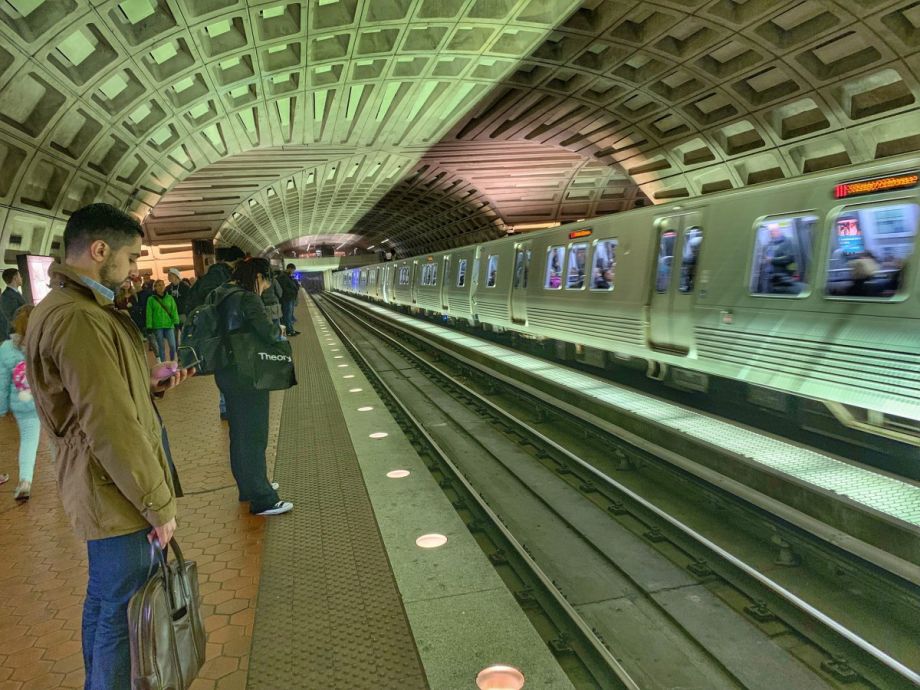
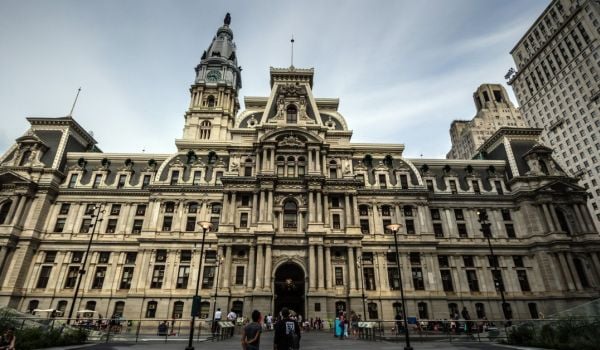

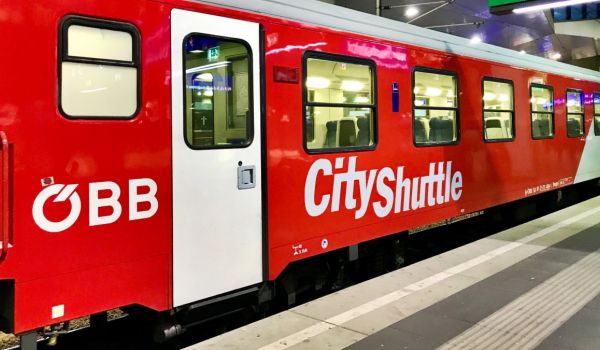
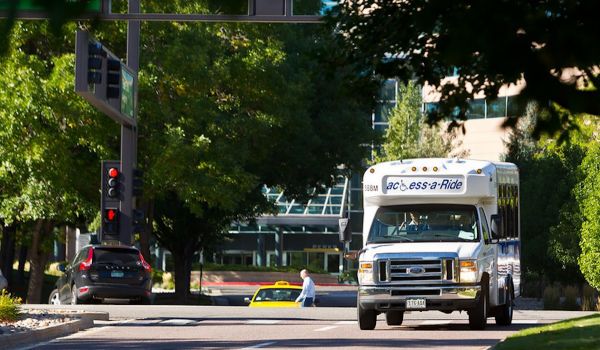
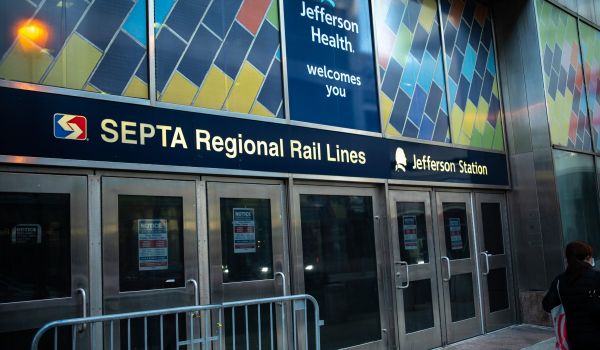
_600_350_80_s_c1.jpg)
